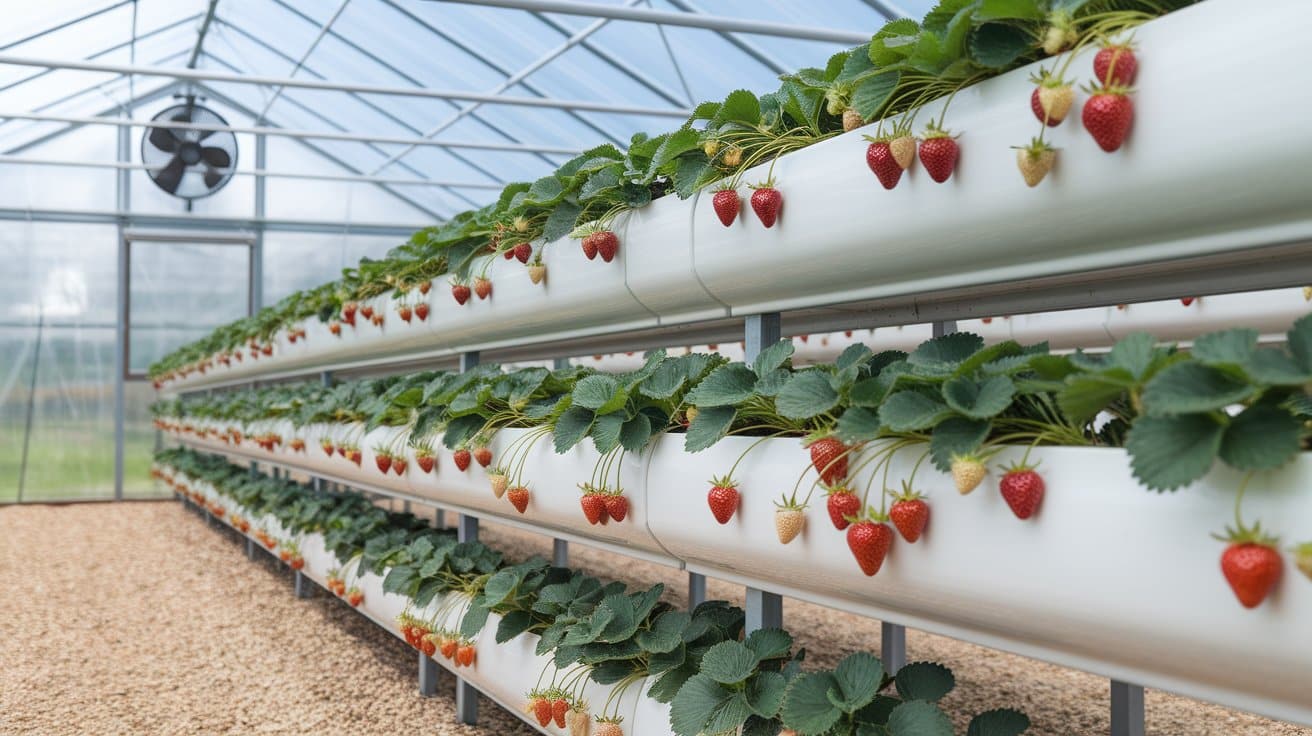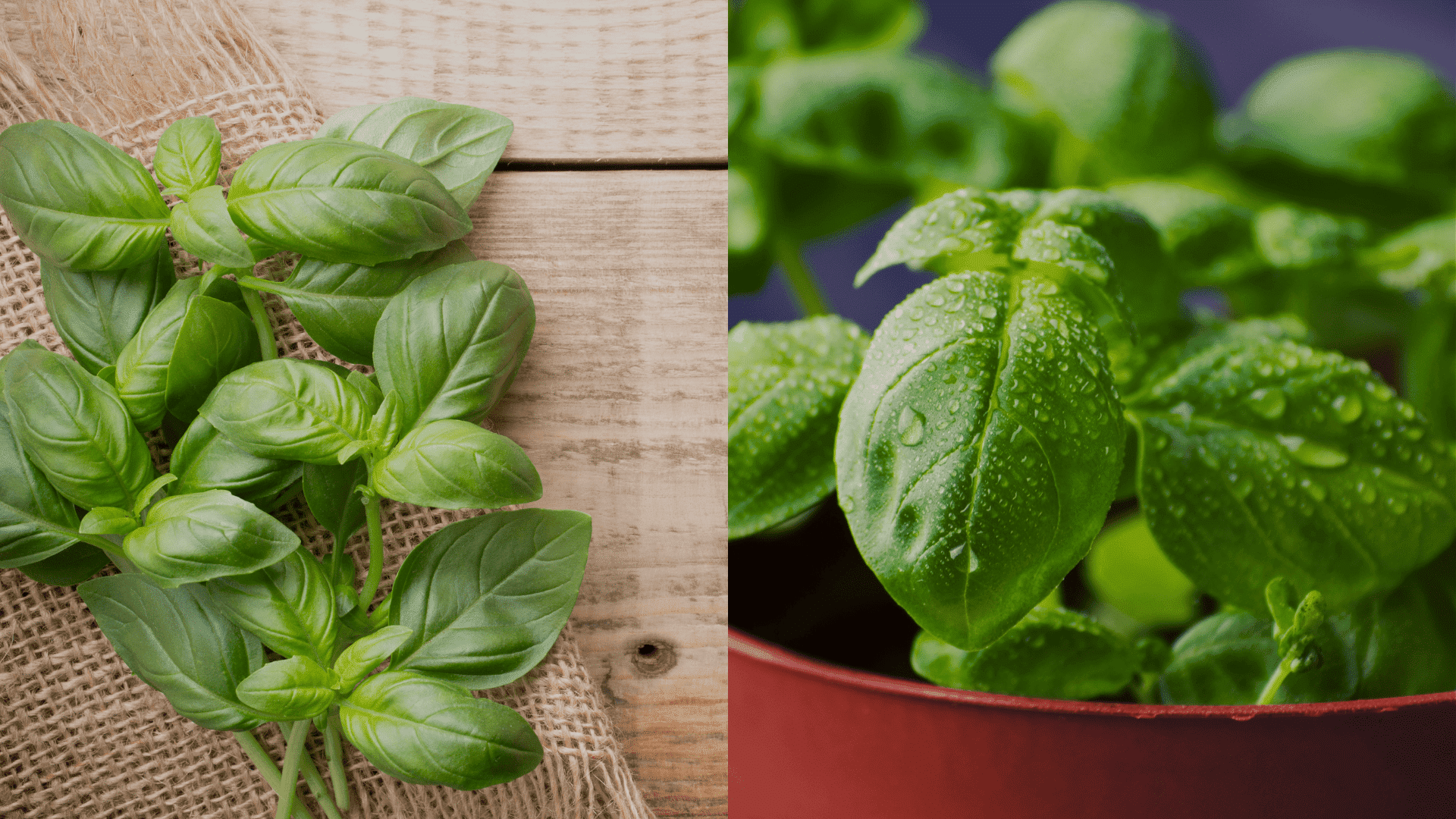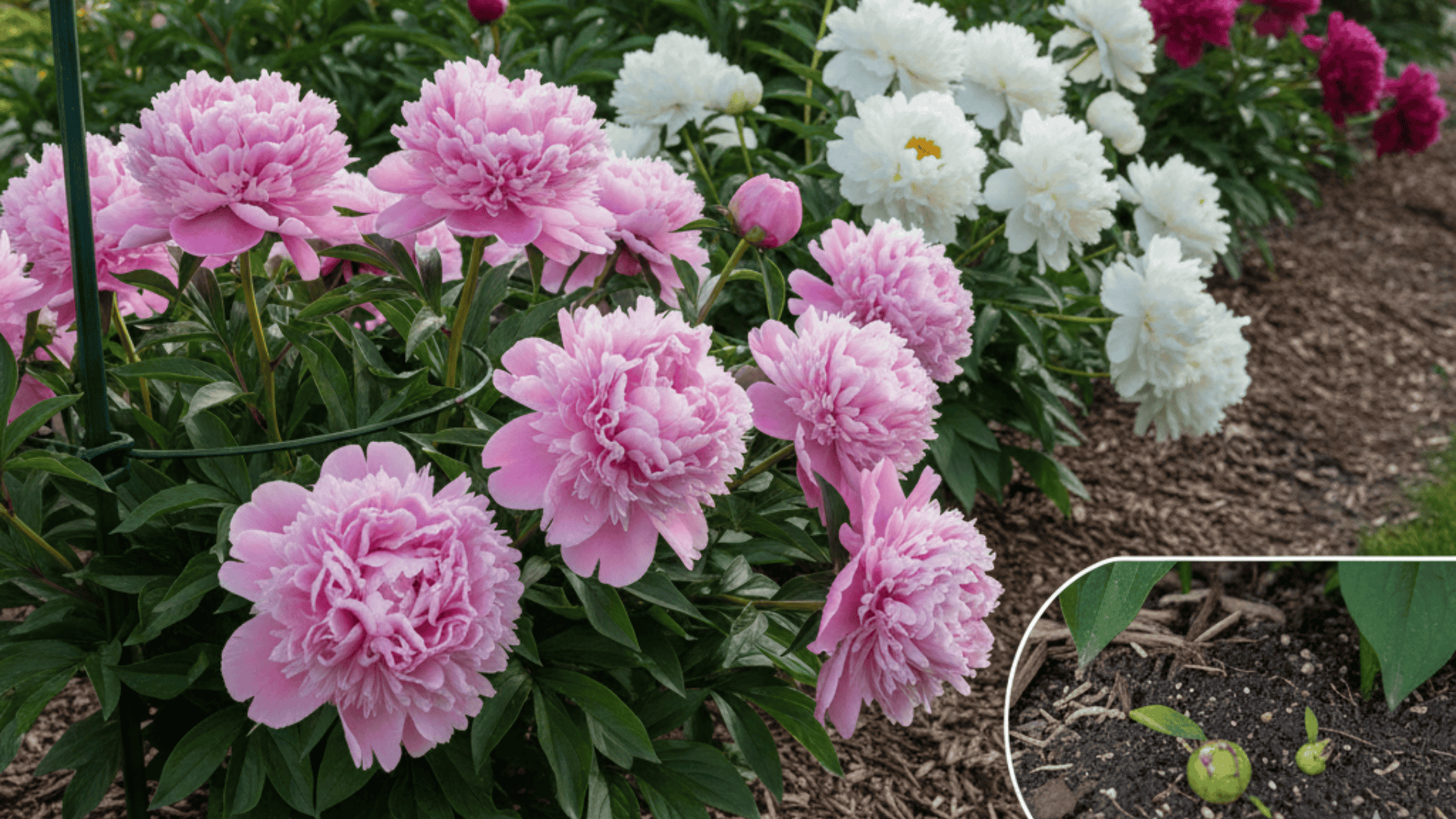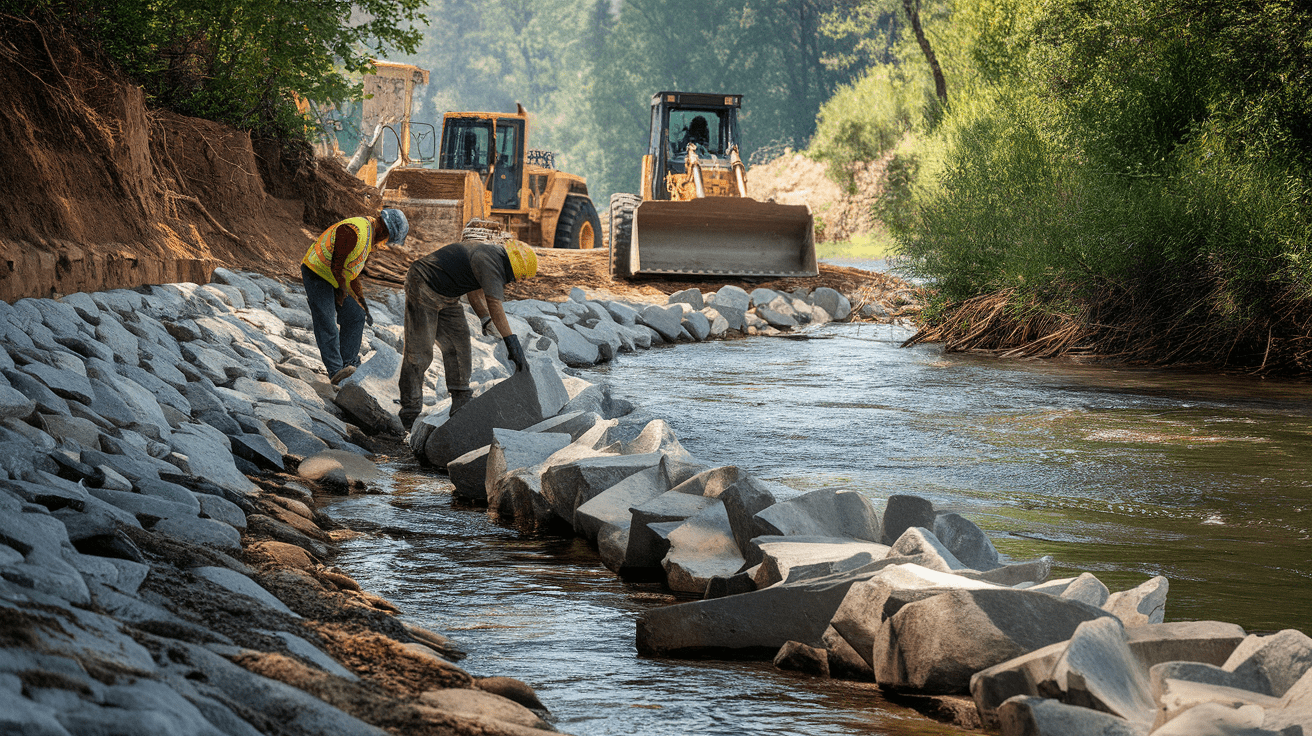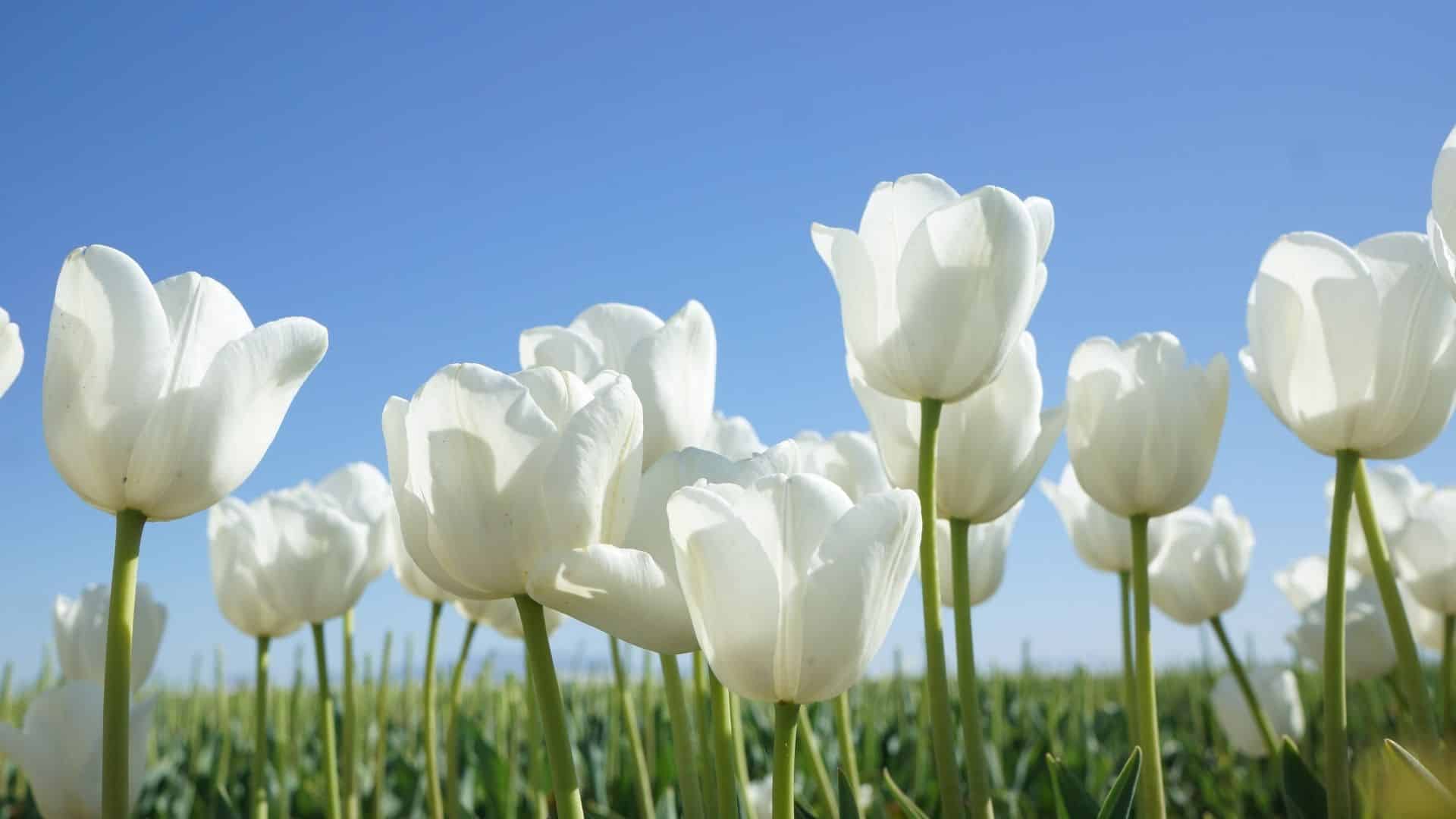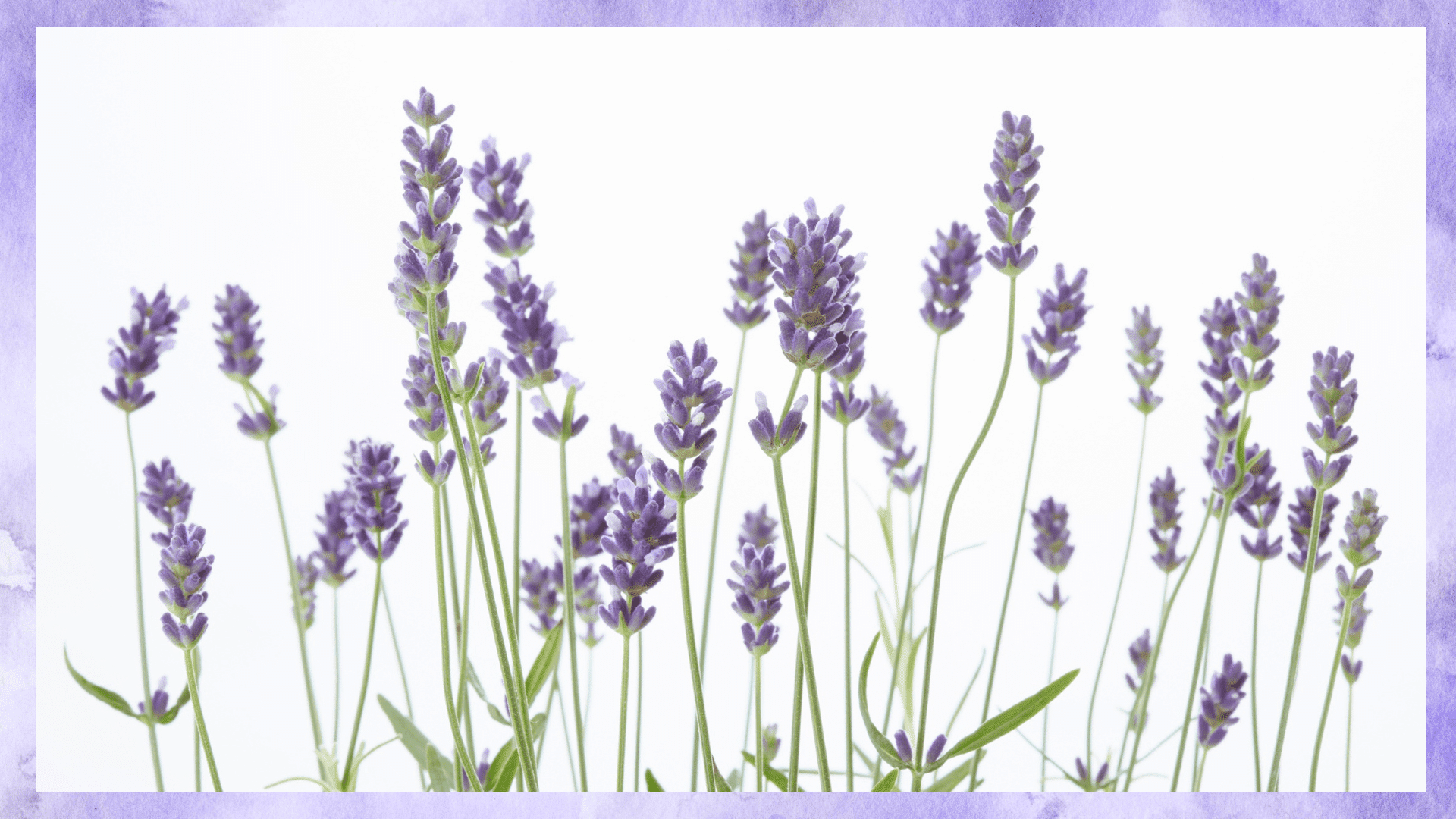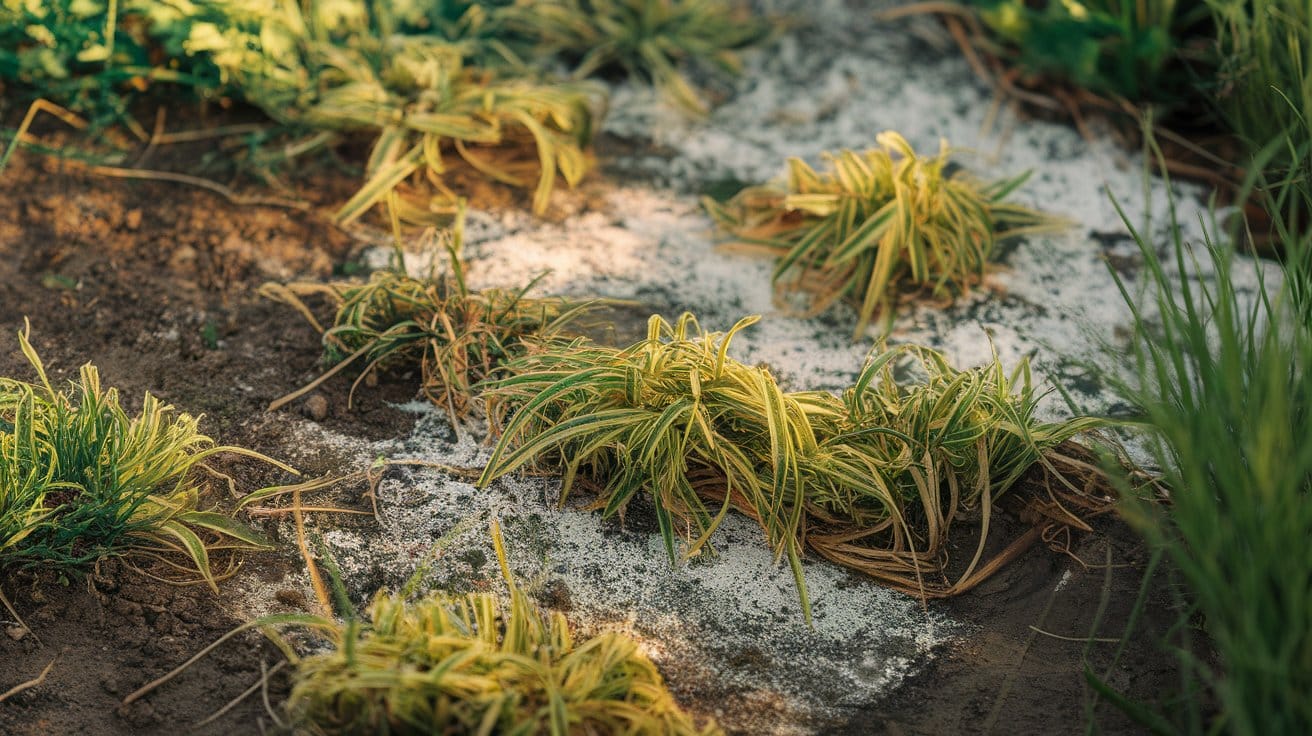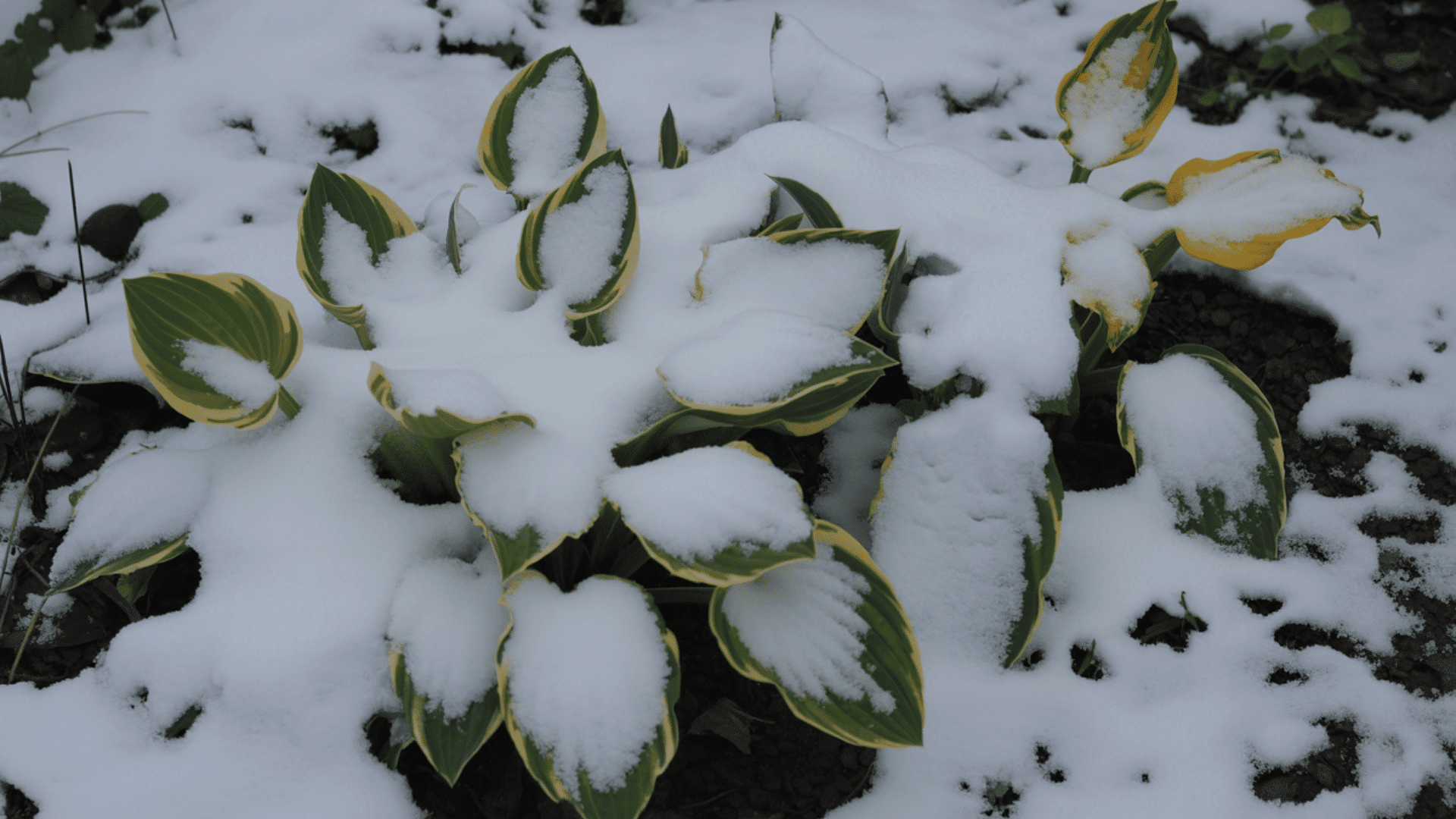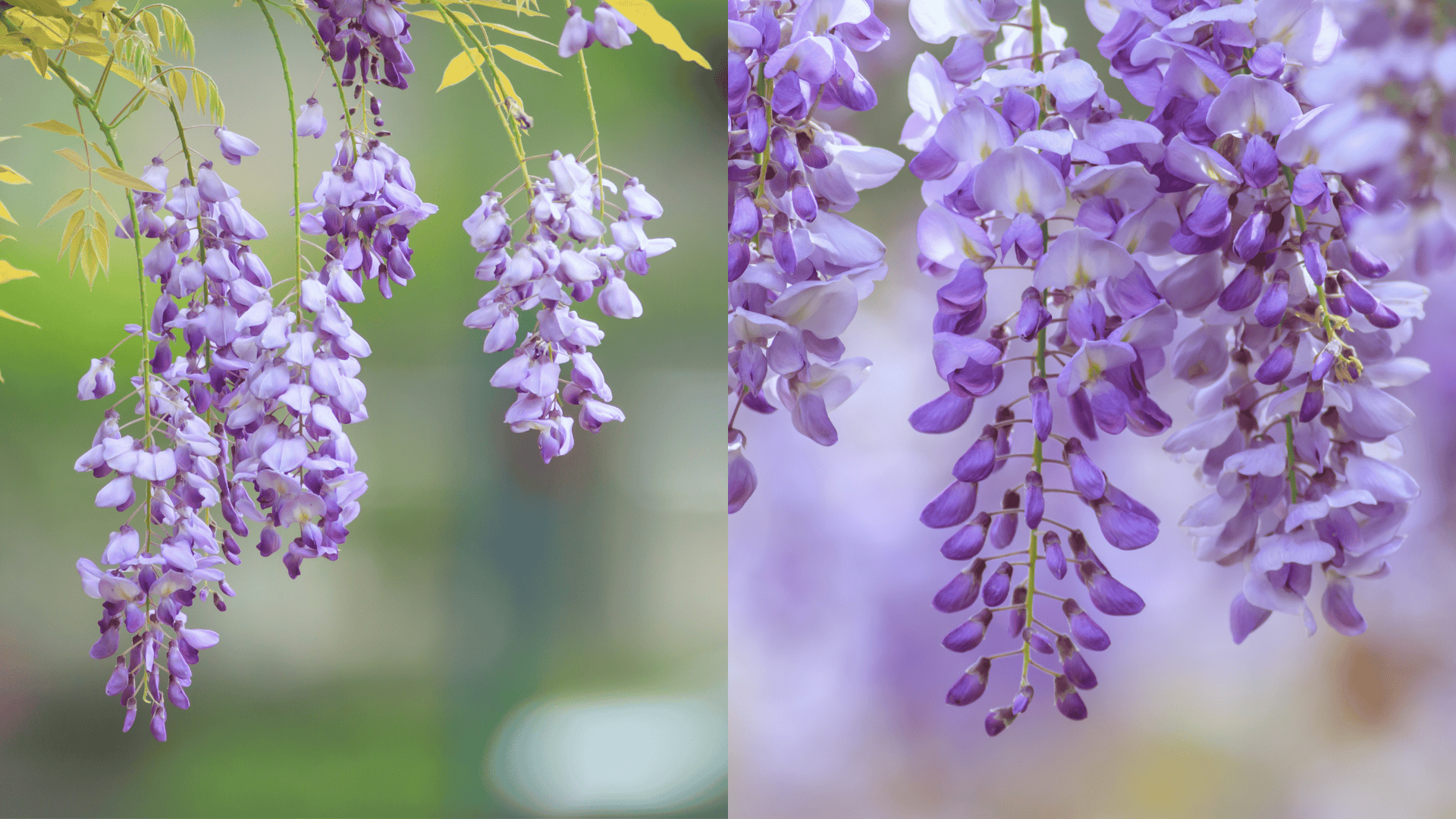Want bigger, healthier rhubarb stalks without the extra effort?
The secret lies in choosing the right rhubarb companion plants.
Pairing rhubarb with friendly neighbors can boost growth, repel pests, and improve soil health naturally.
From helpful herbs to nutrient-sharing veggies, the right combinations create a thriving patch.
But beware some plants can slow rhubarb’s growth or attract problems.
In this resource, you’ll find the best rhubarb companion to grow side by side for strong, productive harvests, plus the ones to keep apart for a healthier garden overall.
Why Is Companion Planting Important with Rhubarb?
Rhubarb’s natural characteristics reveal why growing rhubarb with other plants matters so much.
This hardy plant returns year after year, establishing deep root systems that pull nutrients from soil layers other plants can’t reach.
Its deep roots work like underground miners pulling nutrients from deeper soil layers and making them available to shallow-rooted companion plants.
Some gardeners also report that it has pest-repelling potential.
However, rhubarb’s size creates challenges too.
These traits make choosing good rhubarb companion plants essential for garden success and highlight how to apply rhubarb companion planting tips effectively.
Benefits of Companion Planting with Rhubarb
Strategic companion choices transform rhubarb gardens into productive, self-sustaining ecosystems.
- Healthier rhubarb growth: Legume rhubarb companion plants add nitrogen to improve rhubarb soil health naturally and promote more vigorous plant growth.
- Reduced pest pressure: Aromatic plants confuse or repel common garden pests, creating a natural protection system for your rhubarb patch.
- Better harvests: Plants that attract pollinators, fix nitrogen, or provide ground cover all contribute to a healthier rhubarb environment.
- Balanced biodiversity: Good companion planting attracts beneficial insects while acting as natural pest control for rhubarb, reducing the need for synthetic methods.
Best Rhubarb Companion Plants
Specific plant families offer proven benefits that support rhubarb health and productivity.
1. Garlic, Onions, and Chives
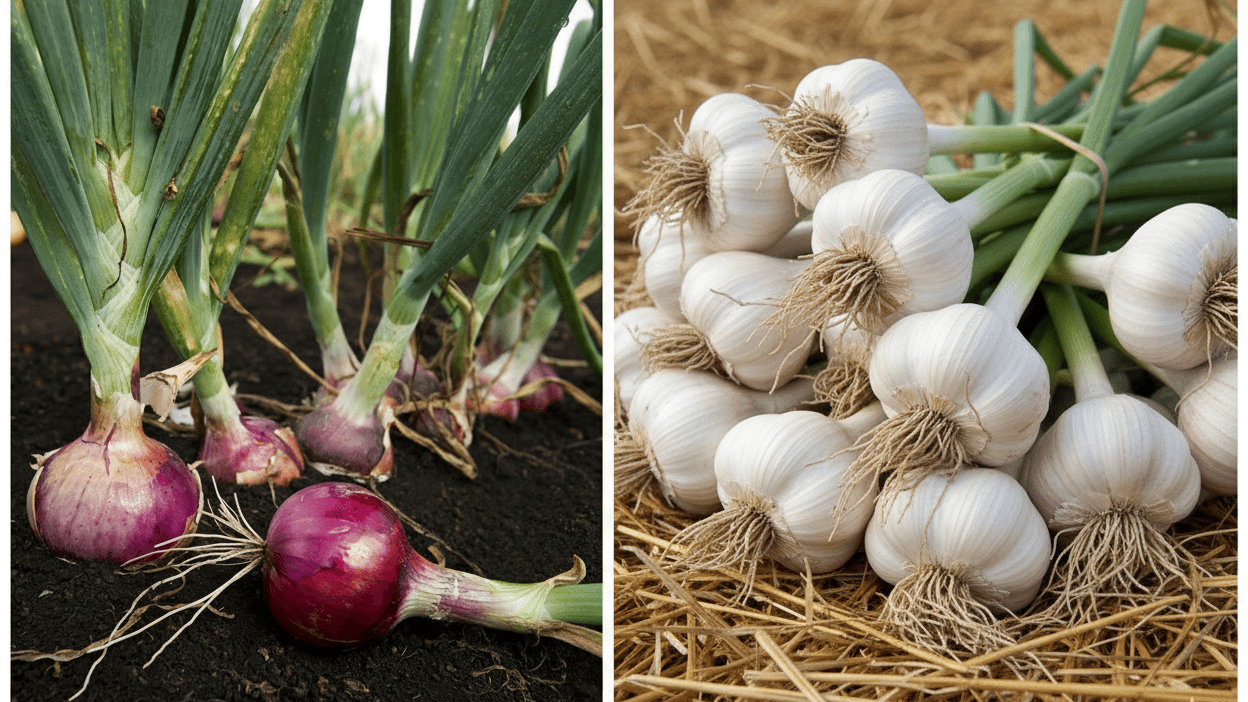
Known for their sharp aroma, these alliums act as a natural shield against aphids, beetles, and other insects that can harm rhubarb leaves.
Their scent confuses pests and supports healthy plant development.
Positioned around the base, they also help improve air circulation and minimize fungal growth within the rhubarb bed.
2. Mint, Sage, and Catnip
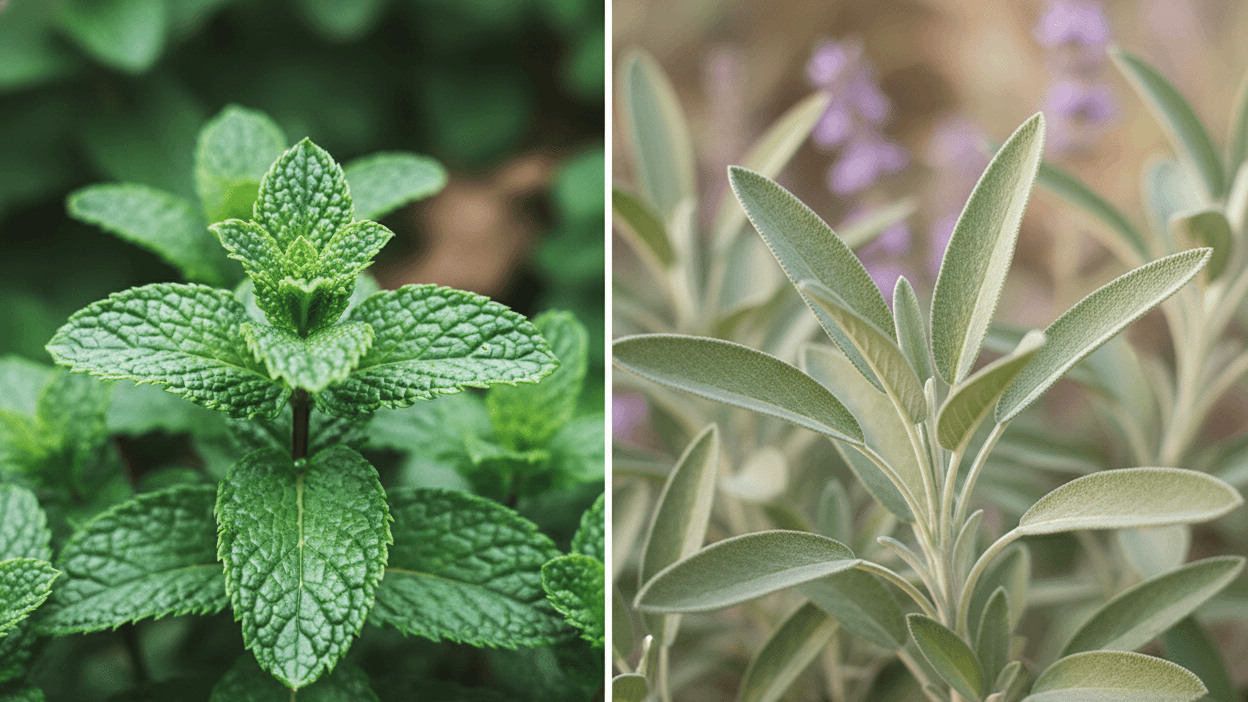
Herbs like mint, sage, and catnip encourage pollinators such as bees and hoverflies to visit your garden.
This trio keeps pest numbers under control while creating a balanced habitat around rhubarb.
Since they spread quickly, it’s wise to grow them in pots or raised containers to prevent crowding and competition for space.
3. Beans, Peas, and Clover
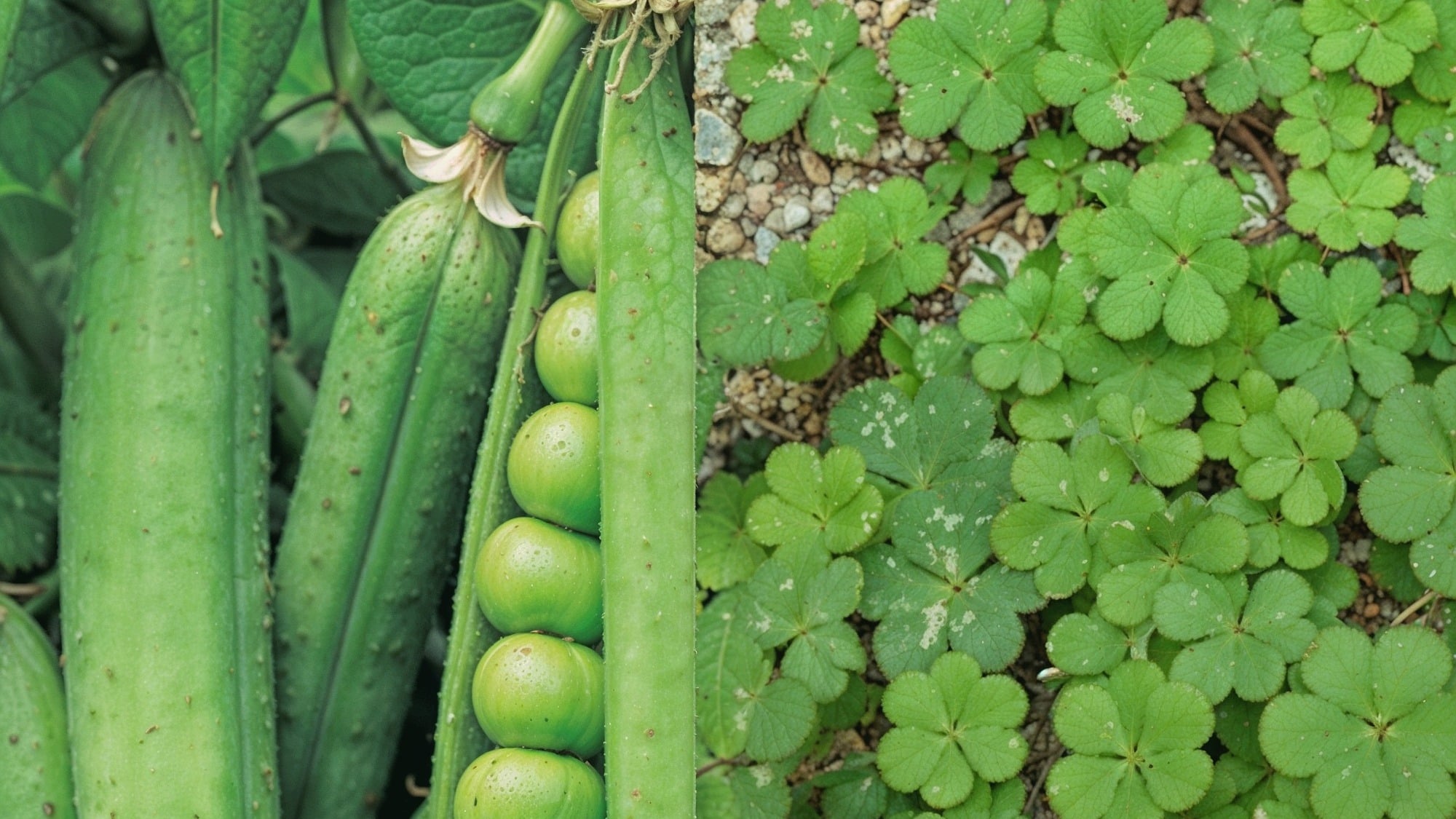
By naturally fixing nitrogen into the soil, beans, peas, and clover boost rhubarb’s nutrient intake and root strength.
Their symbiotic relationship enriches the surrounding soil, improving its structure and fertility.
With their light foliage and shallow roots, these plants support strong stalk production without interfering with rhubarb’s deeper root system.
4. Strawberries and Creeping Thyme
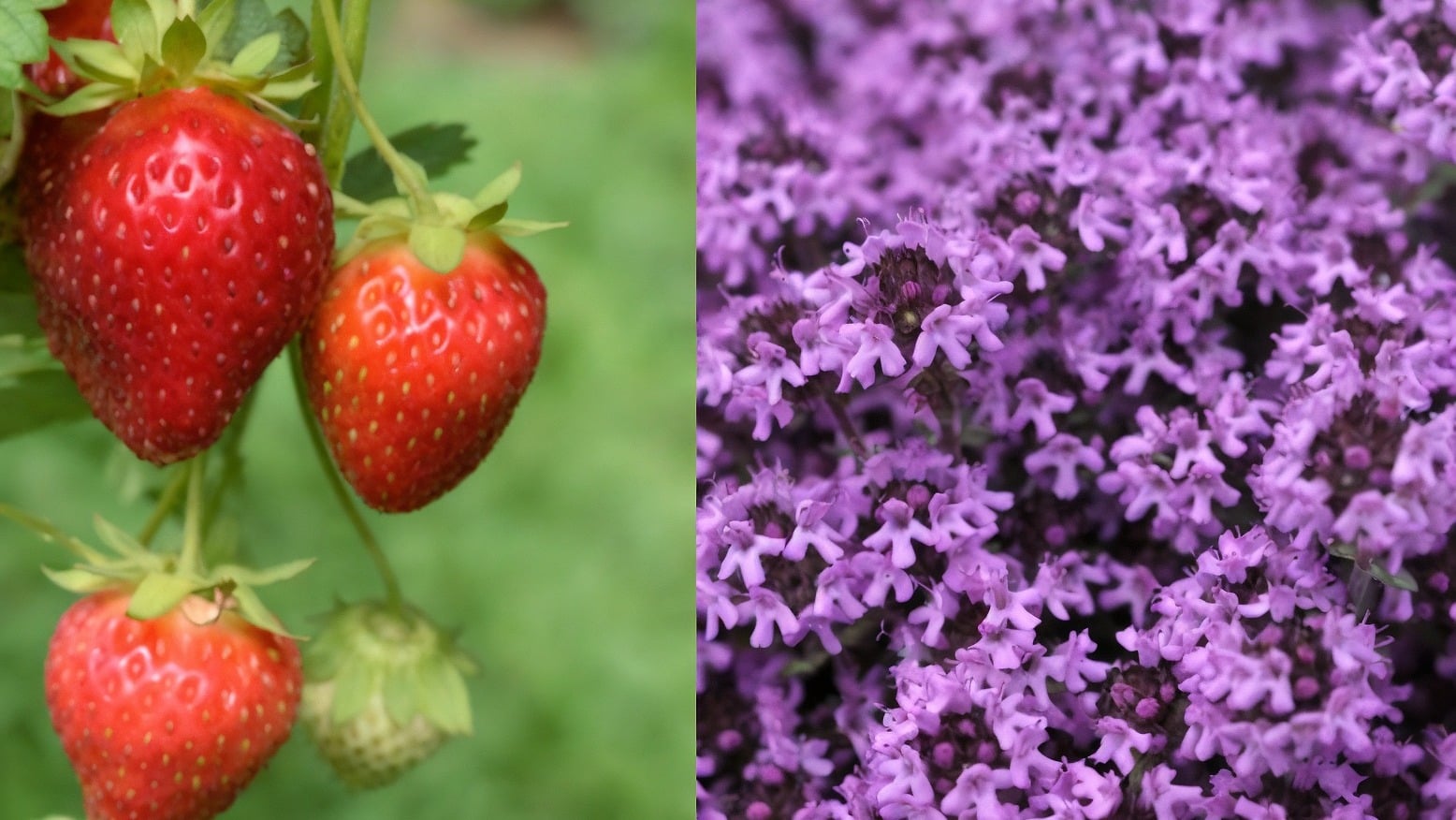
Acting as living mulch, strawberries and creeping thyme help conserve soil moisture and suppress weeds around rhubarb.
Their dense cover reduces water evaporation while preventing soil erosion.
Both species complement rhubarb’s growth by keeping the ground cool and shaded, resulting in a more stable and productive garden environment overall.
5. Cabbage, Kale, and Broccoli
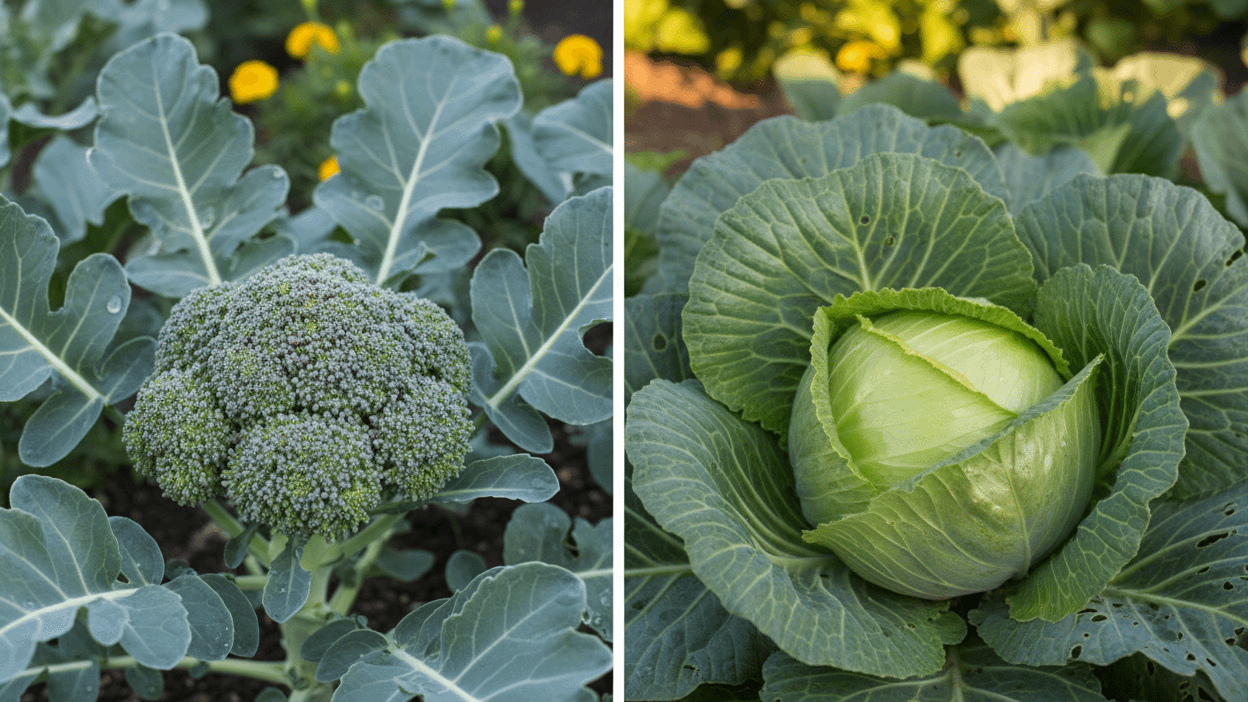
These leafy vegetables appreciate the partial shade that rhubarb’s large leaves provide during hot afternoons.
Growing them nearby helps maintain consistent soil moisture and temperature.
In return, the brassicas enrich the soil with organic matter after harvest, making them reliable companions for healthier rhubarb and a balanced vegetable patch.
6. Nasturtiums, Marigolds, and Borage
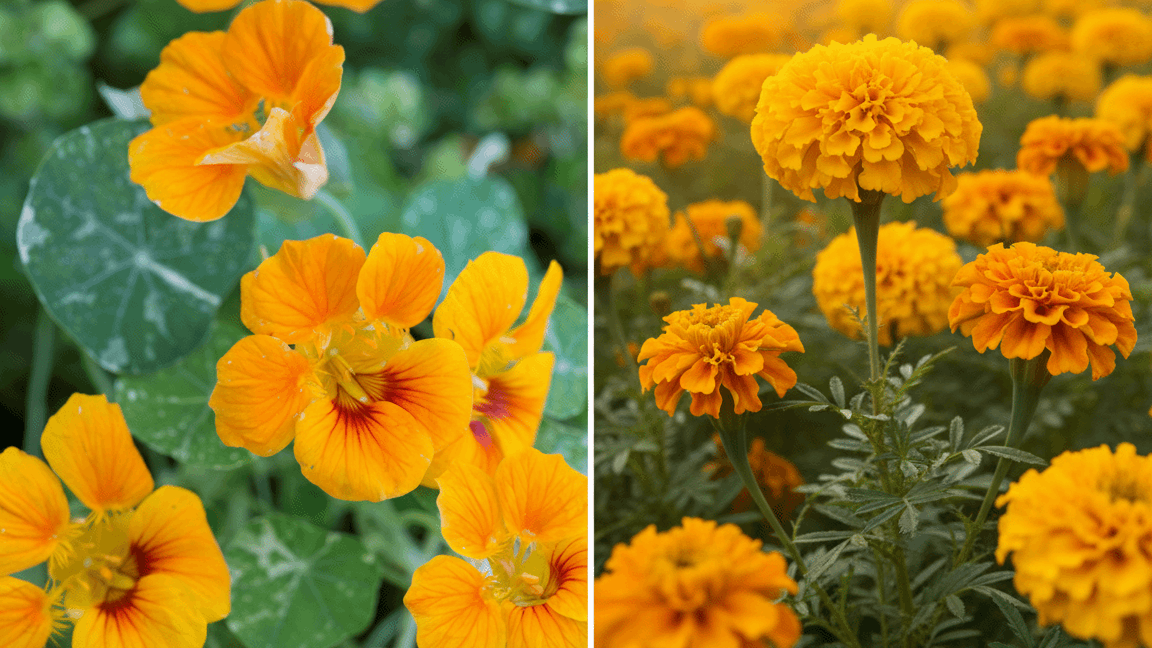
Planting these bright blooms adds more than color to your garden.
Nasturtiums act as trap crops for aphids, marigolds control nematodes, and borage attracts essential pollinators.
Together, they strengthen your rhubarb’s environment by managing pests naturally while encouraging biodiversity and improving the overall vitality of your garden beds.
When and How to Plant Companions?
Proper timing and planting techniques ensure rhubarb companion plants support rather than compete, also increasing rhubarb life expectancy.
| Timing | What to Plant | How to Plant |
|---|---|---|
| Early Spring | Herbs (garlic, chives, thyme) | Plant after the soil can be worked, spaced 8-12 inches from rhubarb |
| Mid-Season | Legumes (beans, peas, clover) | Add when the soil warms up, use trellises for climbing varieties |
| After Establishment | All companions | Wait until rhubarb shows strong growth (usually second season) |
| Soil Preparation | Any companion | Add compost and organic mulch before planting |
| Watering Strategy | All plants | Deep, infrequent watering to encourage strong root systems |
| Fertilizer Balance | Heavy vs light feeders | Use organic fertilizers that release nutrients slowly over time |
| Invasive Herbs | Mint, aggressive spreaders | Plant in raised beds or containers to protect the rhubarb space |
What Should You Not Plant Next to Rhubarb?
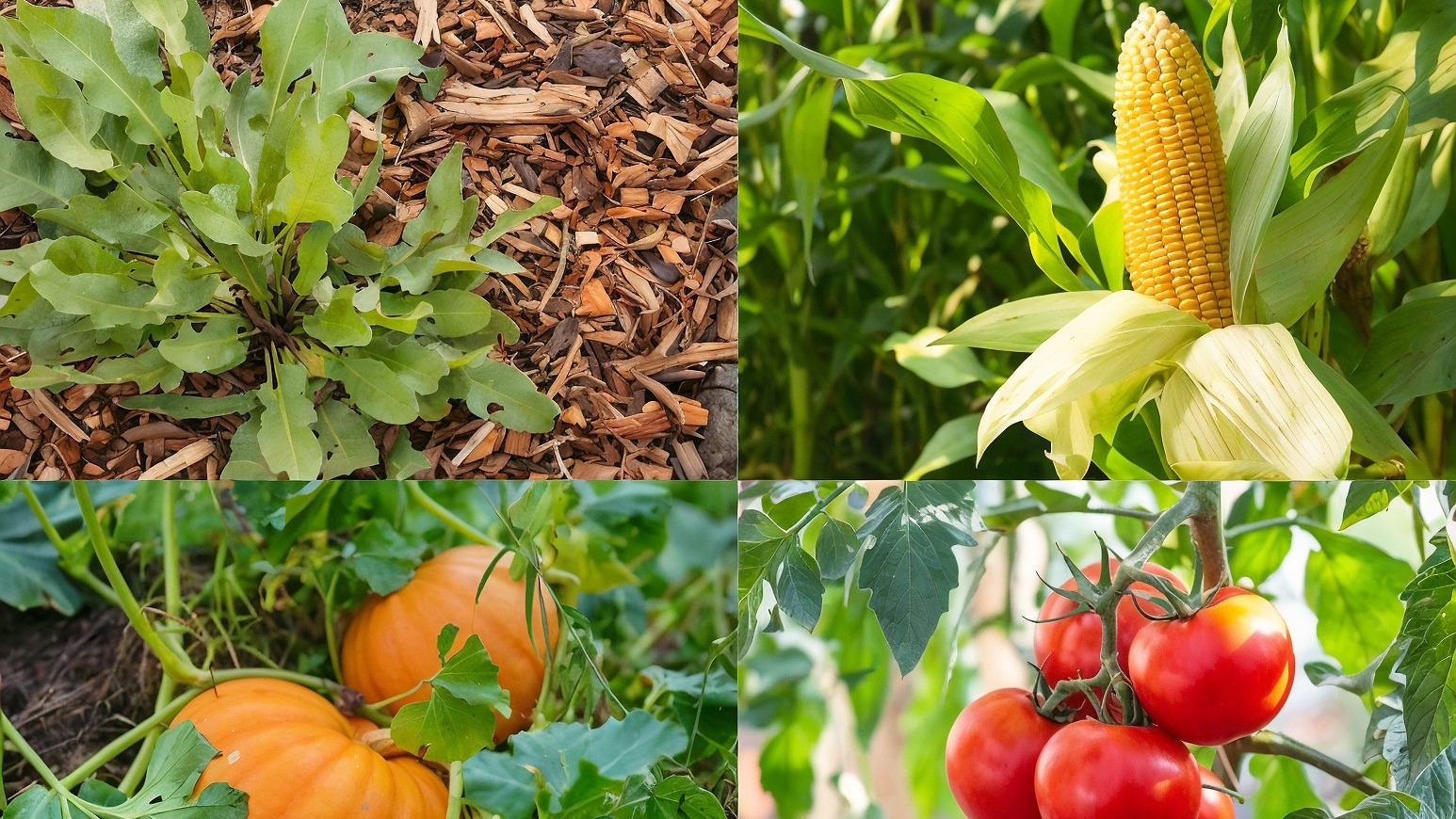
Certain plants, though useful elsewhere, are not suitable as rhubarb companion plants as they create competition, disease risks, or growth problems that harm rhubarb development.
- Dock plants: Draw rhubarb-specific pests and diseases to your garden
- Corn: Casts heavy shade that blocks essential morning sunlight
- Pumpkins, cucumbers, melons: Sprawling heavy feeders that overwhelm rhubarb
- Potatoes: Create nutrient competition and share similar pest problems
- Tomatoes: High nutrient demands weaken both plants through competition
- Black walnut trees: Produce juglone toxicity that kills or severely stunts growth.
Rhubarb Companion Planting Tips
Smart management practices for rhubarb companion plants maintain healthy plant relationships and prevent common problems.
- Space plants properly for good airflow: Crowded conditions promote fungal diseases that can spread between rhubarb and companion plants.
- Rotate annual companions each year: This keeps your garden ecosystem balanced and productive long-term, extending the life expectancy naturally.
- Apply mulch around all plants: Organic mulches suppress weeds, lock in soil moisture, and break down to feed soil organisms and improve soil structure.
- Observe and adjust your plantings yearly: What works in one climate or soil type may need modification based on your specific garden conditions.
Sample Companion Planting Layouts
Proven plant combinations demonstrate how to arrange companions for maximum benefit.
| Layout | Companions | Key Benefits |
|---|---|---|
| Kitchen Garden | Strawberries (ground cover), Garlic (fall planted), Chives (spring planted) | Pest control, Edible harvest, Natural mulch |
| Shade Garden | Cool-season brassicas, Nasturtiums (border) | Afternoon shade protection, Aphid trap crops, Pollinator attraction |
| Soil Builder | Bush beans (around edges), Marigolds (scattered) | Nitrogen fixation, Nematode control, Colorful blooms |
Conclusion
Smart companion choices bring balance and productivity to any rhubarb garden. We’ve covered how strategic planting supports soil health, manages pests, and improves overall yield.
Each section highlighted simple ways to create a thriving patch through thoughtful pairing and seasonal care.
The key takeaway is that the right rhubarb companion plants make gardening more sustainable and rewarding over time.
With consistent observation, rotation, and small adjustments each season, you can maintain lasting plant health and soil vitality.
Start planning combinations that suit your growing conditions, and watch your rhubarb garden grow stronger year after year.
Share your favorite plant pairings or results from your garden in the comments below.
Frequently Asked Questions
What Is the Secret to Growing Rhubarb in the Fall?
Plant rhubarb crowns in early fall when the soil stays warm but the air cools, giving roots time to establish before winter dormancy.
Why Can’t You Pick Rhubarb After July?
Rhubarb needs energy reserves for winter survival, so harvesting after July weakens the plant and reduces next year’s spring growth.
What Is the Best Fertilizer for Rhubarb?
Well-aged compost or balanced organic fertilizer with high nitrogen in spring, followed by bone meal in fall for strong root development.


